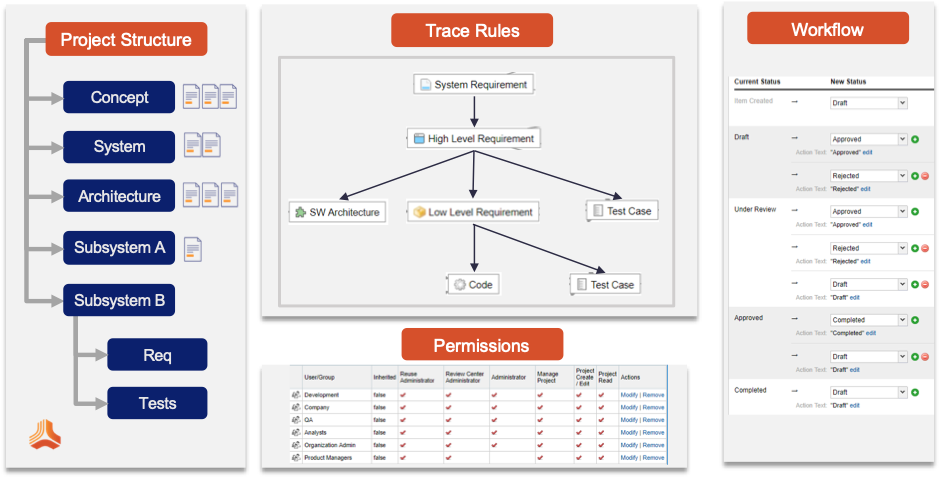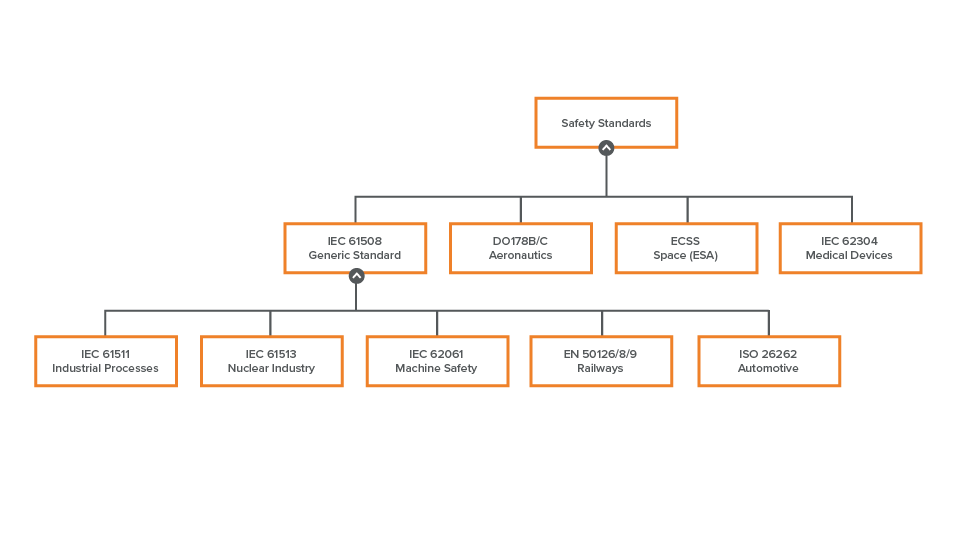This post on scalable migration solutions is part of a series. You can find Part II on legacy software pains here, Part III on enabling innovation here, Part IV on the difficulties of compliance here, and Part V on moving from DOORS to Jama Connect here.
Over the last couple months, we’ve been detailing the harsh realities of using a legacy requirements management (RM) tool for complex product development and the various benefits of moving to a modern solution like Jama Connect™ in our blog series Legacy Sunset. You can go back and read those posts if you’re interested in learning more about pain points, proven alternatives, and more.
Now that we’ve covered some of the reasons to make the switch, how do you go about migrating to a modern requirements management solution while minimizing business disruption? The process of migration does not have to be daunting.
Jama Software offers four key migration solutions to support companies in their migration from a legacy requirements management solution like IBM® DOORS® (IBM Engineering Requirements Management – DOORS Family) to Jama Connect. These flexible solution components allow customers to replace legacy solutions, co-exist with these legacy systems, or simply use Jama Connect and connect to the customers and suppliers using legacy requirements management tools.
Customers leveraging our migration solutions will work with Jama Software consultants to adapt Jama Connect to fit their individual product delivery process, identify and migrate required data, and train teams to quickly achieve sustainable results.
Let’s review each of the migration solution options:
Jama Connect Import
Our most-used method of importing requirements data from DOORS into Jama Connect directly is the Jama Connect Import Tool. This solution can be easily accessed through the Import Directory which allows data to be pulled directly into Jama Connect, downloading an HTML set of images. There is no additional fee and this option is included in the standard purchase of Jama Connect. Instructions for using the Jama Connect Import Tool are covered during the services onboarding phase of the implementation. When data is simple and the volume of data is moderate, this is a good migration option.
See how Jama Connect can transform your requirements management process for legacy software customers in our whitepaper, “Jama Connect: A Modern Requirements Management Alternative to IBM DOORS.”
Data Exchange Services
Data Exchange Services allow you to manage requirements across suppliers and customers without necessitating online data integration, which in turn reduces data duplication by leveraging round trip exchange. This service allows customers to operate within a legacy ecosystem while adopting a modern requirements management tool within select departments and across organizations where legacy requirements management (like IBM DOORS) is the standard.
Data Exchange for Jama Connect allows the import of modules or sets of modules in the industry standard ReqIF format directly into Jama Connect from legacy RM tools. This solution takes a level of permissions to export the data from DOORS into a ReqIF file. In order to import data into Jama Connect, it is possible for this tool to be extended and customized to meet specific client needs.
DOORS Migration Engine
Powered by Sodius, the DOORS Migration Engine was created to help support customers with more complex requirements data, or those who have large volumes of data, as they migrate from a legacy solution to Jama Connect.
The DOORS Migration Engine extracts directly from the old data in legacy RM tools and imports it into Jama Connect. This scales to manage large loads of data migrated from solutions like DOORS 9.X to Jama Connect. Customization is possible with this migration solution to support any unique data requirements for customers.
REST API
Customers can also perform the data migration on their own using the Jama Connect REST API. This option scales from small to enterprise customers. For those who choose this option, it’s important to mention that even though you are handling the data migration on your own, Jama Software’s Professional Services team is available to assist customers through this process.
Whichever path you choose, switching to Jama Connect requires a migration approach that scales to your people, process, and data. It’s not just about migrating the data from one database to another; onboarding and training teams on the new solution is also a critical component to long-term success.
Migrating off of a legacy RM tool takes planning. And regardless of which migration solution you choose, we’re here to support you throughout your transition and help you figure out the best way to use Jama Connect, and not just recreate the clutter of your existing legacy tool.
For a deeper dive into why leading organizations are leaving legacy solutions behind, check out our recent webinar, “Top Benefits of Moving to a Modern Requirements Management Tool.”
*IBM® and DOORS® are registered trademarks of IBM Corporation.







